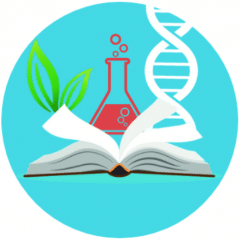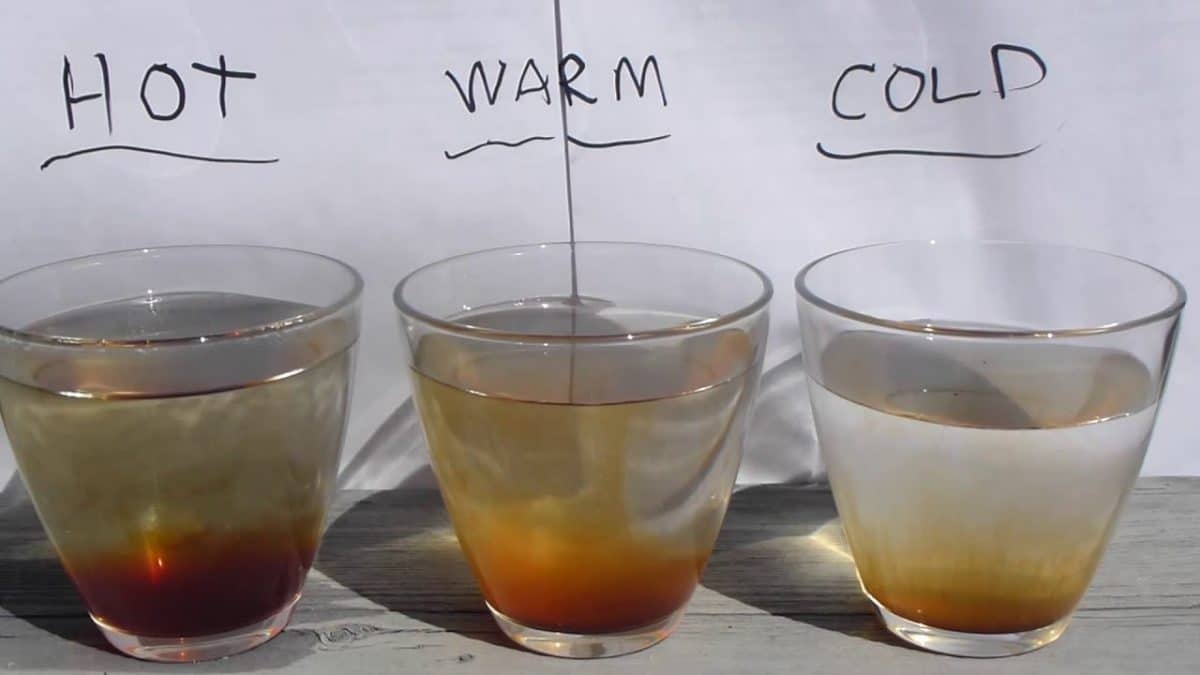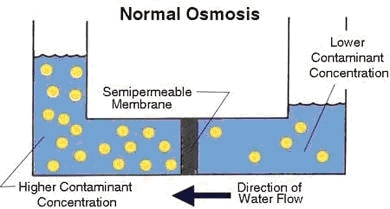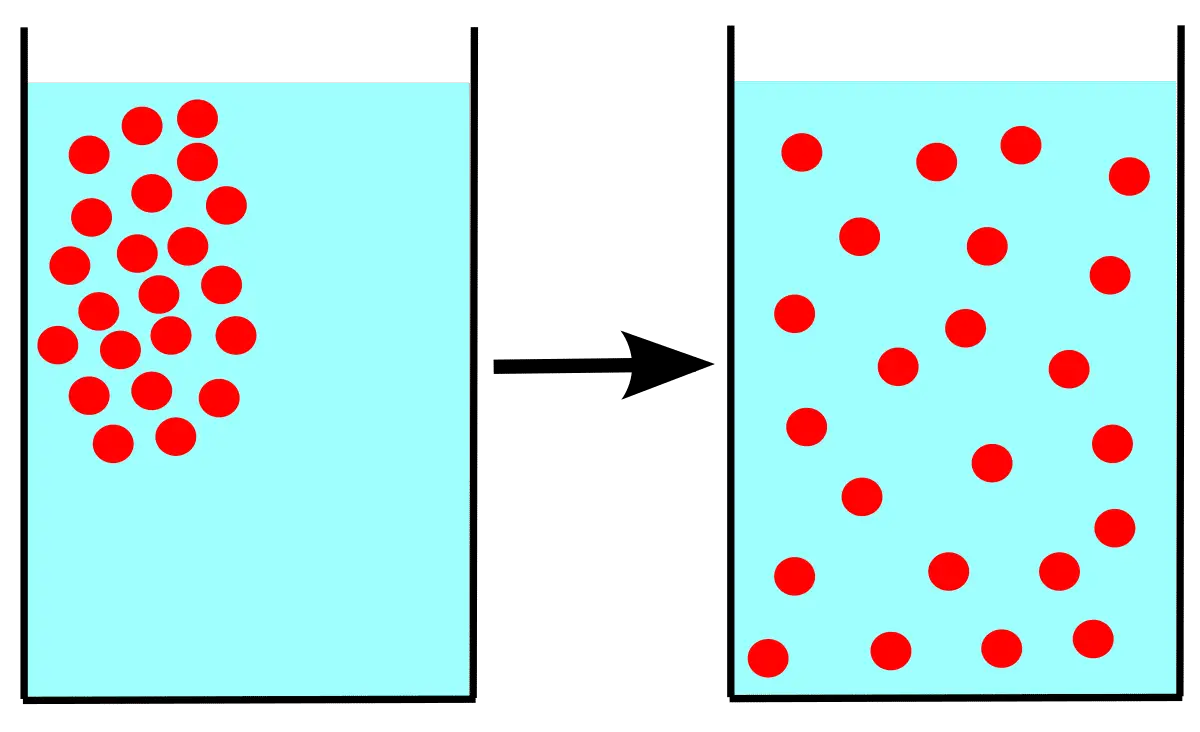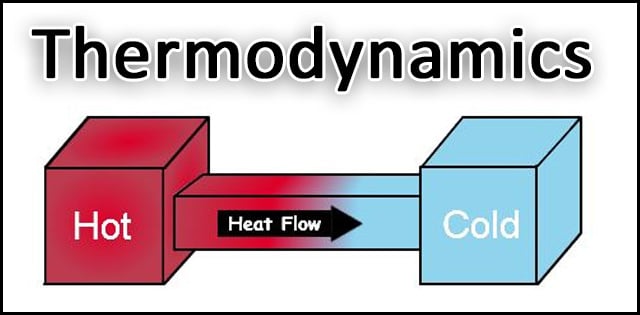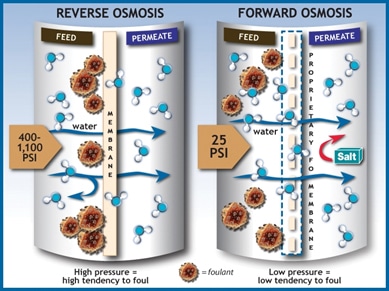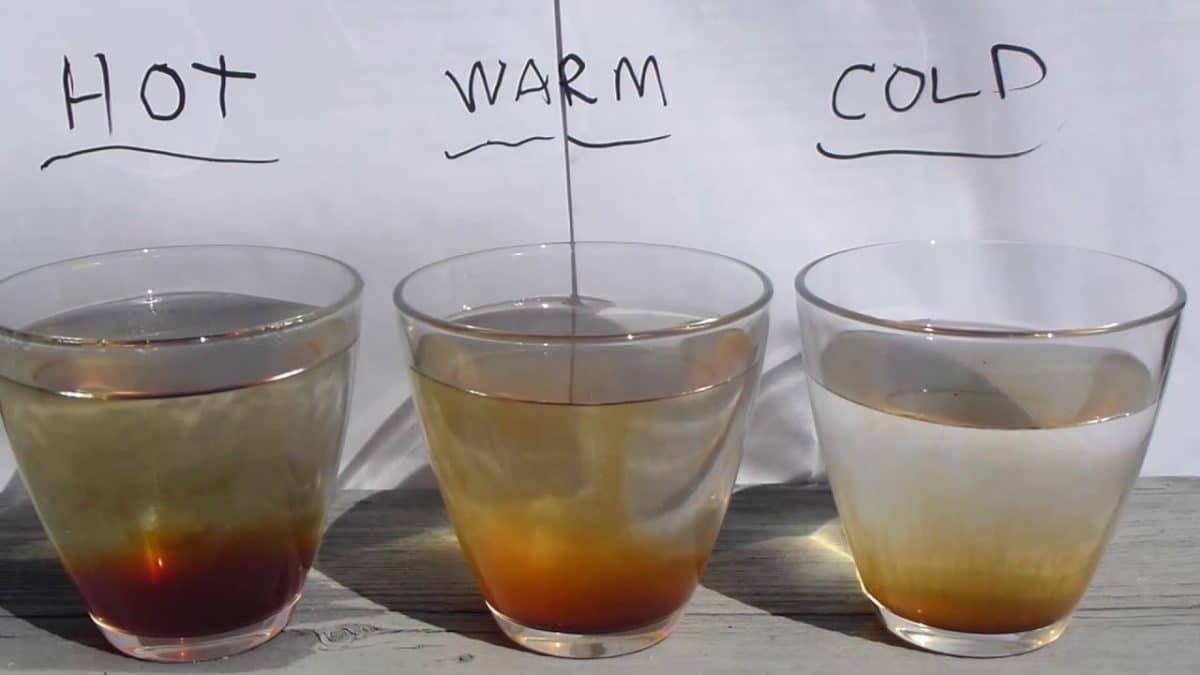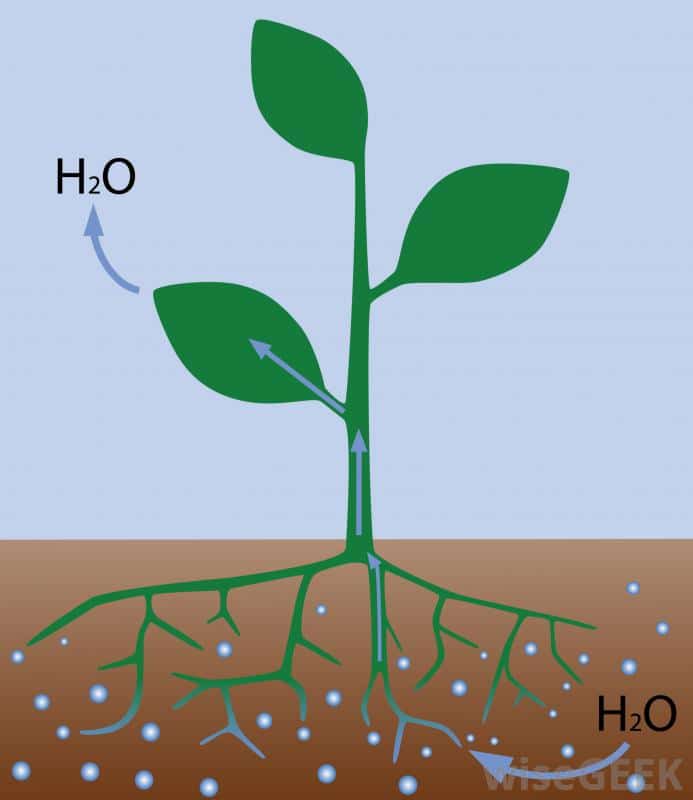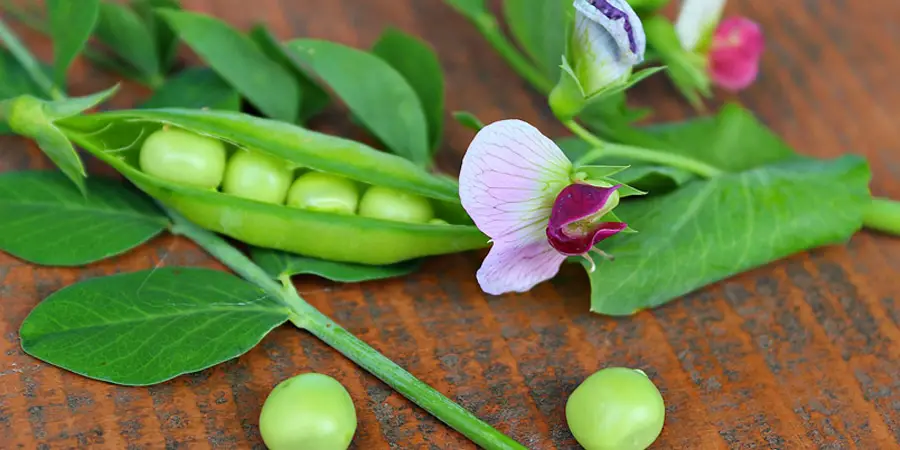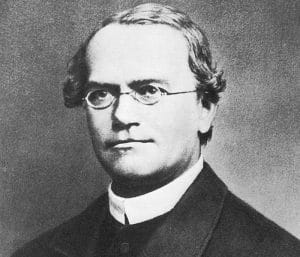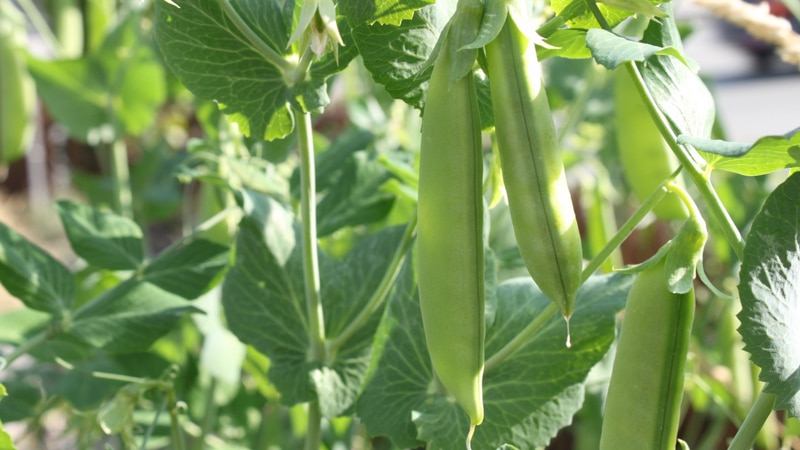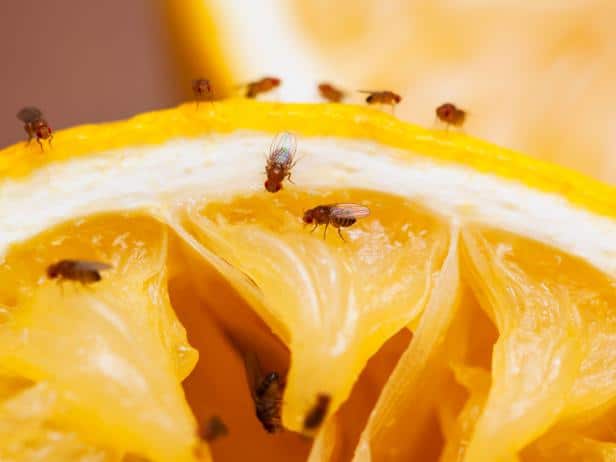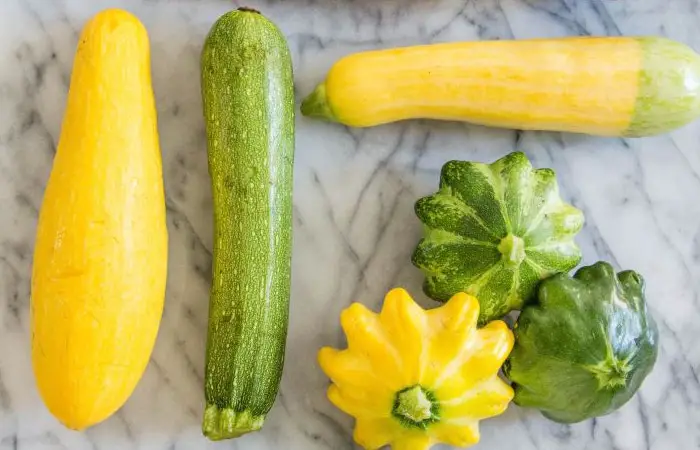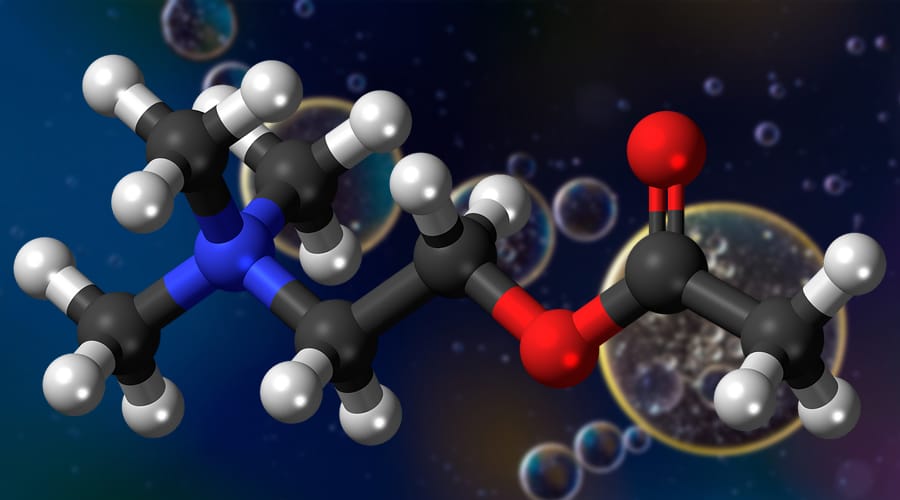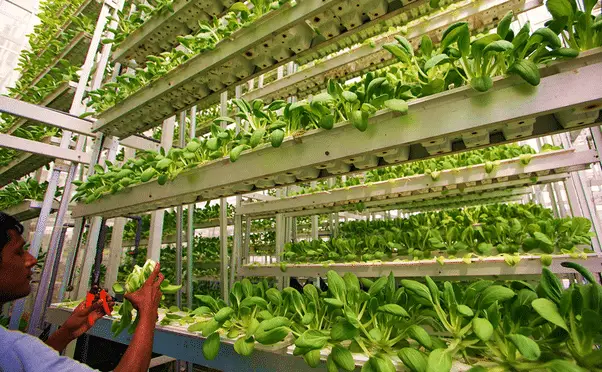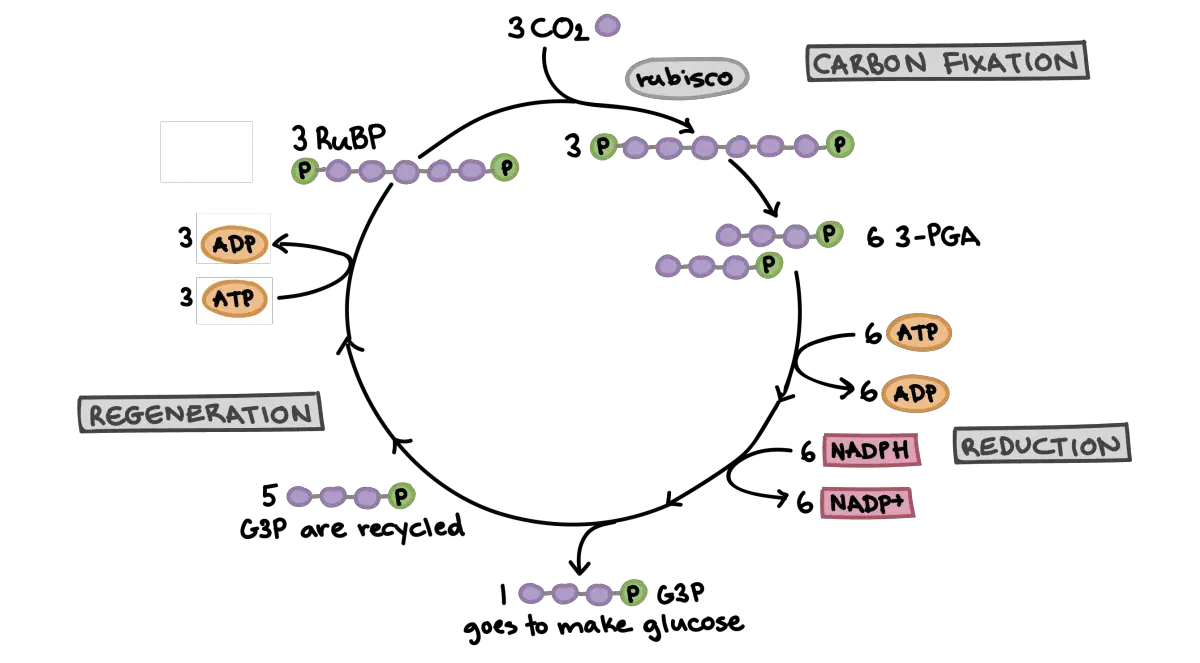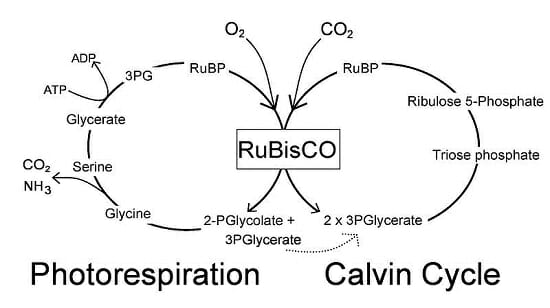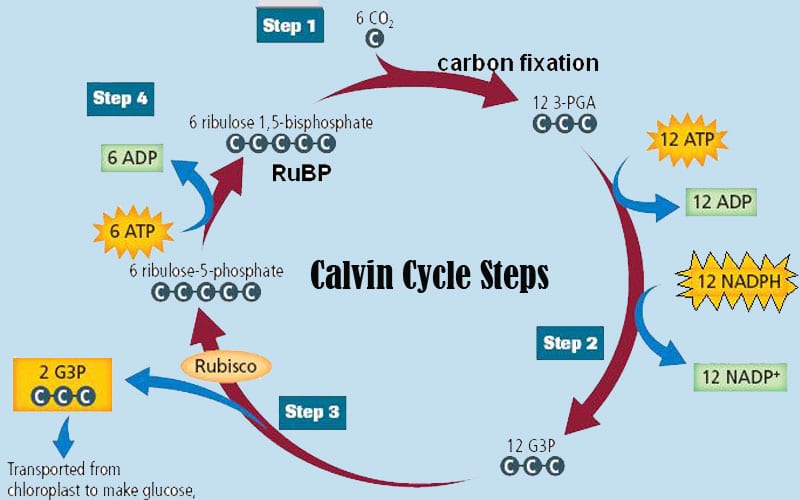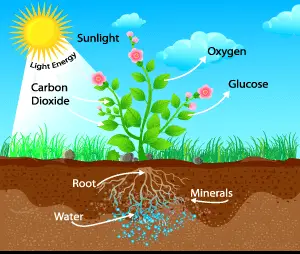How much do you know about molecular geometry definition and the shapes of molecules in chemistry? Join us as we define this subject, go over some examples, and list the different structures you will find in an electron and molecular geometry chart. We have also included some study guides to help you go further.
Molecular Geometry Chart: Definition, Examples, and Study Guides
Molecular geometry is typically taught in college and advanced high school classes. This subject uses geometric models to represent the shape and structure of molecules. It allows scientists to get a precise idea of how the number of atoms and electrons are connected. There are also some rules that help scientists predict which shape a molecule will adopt. There are a huge number of molecules and sequences that can be analyzed. From looking at the number of atoms around a molecule to more difficult structures such as DNA sequence – there are many areas of molecular and electron geometry to explore.
What is a Molecular Geometry Chart?

Molecular geometry is the science of representing molecules in a three-dimensional manner. A molecular geometry chart is a collection of rules on how molecules and electrons will connect and shape a molecule.
Students and scientists can use these charts to create three-dimensional diagrams that represent molecules. These visual representations are interesting because they help students and scientists predict the shape, polarity, and biological activities of a molecule.
These representations can also help with other concepts, such as:
- Reactivity.
- Phase of matter.
- Color.
- Magnetism.
Molecular geometry can be applied regardless of how complex a molecule is. Students will typically work with simple models at first before learning how to apply these concepts to create detailed models of more complex molecules.
Common Molecular Structures
Molecules obey certain laws when atoms and electrons connect with each other. Molecules will form specific shapes. It is crucial to familiarize yourself with these common shapes so you can determine the correct one.
These are the shapes and structures you will find in a molecular geometry chart:
- Linear structures.
- Bent or angular connections.
- Pyramidal structures.
- Tetrahedral molecules.
You are probably already familiar with these structures if you have been studying chemistry for a while. Most students have an understanding of these structures thanks to the visual representations of molecules shown in class or textbooks even though they might not know about the rules of molecular geometry.
Polar And Non-Polar Molecules
Certain molecules can be grouped as either polar or non-polar. Other molecules fall between the two.
The geometry of atoms in some molecules is arranged in such a way that one side has a negative charge and the other side has a positive electrical charge. In this case, this type of molecule is called a polar molecule. This means that it has electrical poles. Molecules that aren’t arranged in this way are called non-polar molecules.
Not every molecule that has polar bonds is a polar molecule. For example, carbon dioxide has two polar bonds (C O). However, the molecular geometry of carbon dioxide is linear. This means that the two bonds cancel each other out, resulting in the molecule being non-polar.
Electronegativity
What is electronegativity and why does it vary around a molecular geometry chart? Electronegativity is defined as the measure of the tendency of an atom to attract a bonding pair of electrons.
If two atoms are equally electronegative, then both of those atoms have the same tendency to attract a pair of bonding electrons, and therefore it will be found on average halfway between the two atoms. To get a bond such as this, both atoms would usually be the same atom.
If one of the atoms is slightly more electronegative than the other, this will mean that one of the atoms has a fair share of electron density, and this results in that atom becoming slightly negative. At the same time, the opposing atom will become slightly positive. This is a polar bond.
If one of the atoms is incredibly more electronegative than the other, this will result in the electron pair being dragged right over to that electronegative atom. This means that the other atom loses all control of its electron, and the electronegative atom has complete control over both electrons. This results in ions being formed and is called an ionic bond.
Lewis Theory And Valence-Shell Electron-Pair Repulsion Theory
You can’t gain a thorough understanding of molecular geometry without studying the Lewis theory and the Valence-shell electron-pair repulsion theory.
The Lewis theory is about how valence shell electrons bond with an atom. This approach represents atoms and electrons in a two-dimensional manner. You will often start with this simple visual representation called a Lewis structure to determine the correct three-dimensional structure for a molecule.
You can create a Lewis structure electron dot diagram by simply writing the symbol for the atom you want to represent. You would then add dots to represent the valence shell electrons connected to the atom.
A valence electron is an electron located in the outer shell of the atom. It is common to omit the electrons that aren’t connected to the outer shells of an atom since they won’t form bonds with other elements and would only make Lewis structure diagrams more complicated. If a shell is closed, the electrons that can be found in this shell won’t be shown on a Lewis electron dot diagram.
In a Lewis structure, you can place the dots on any side of the symbol. However, you can’t have more than two dots per side.
The Valence shell electron-pair repulsion theory states that electrons will naturally repel each other. This applies regardless of the type of pairs they form.
Electrons can form bonded pairs, lone pairs, double bonds, triple bonds, or exist as single unpaired electrons. They will position themselves around an atom so that there is as much space as possible between them. In molecular geometry, each pair or single unpaired electron counts as an electron group.
This natural behavior reduces repulsion between electrons and maximizes the space available to attract other elements the electrons can bond with.
The Valence-shell electron-pair repulsion theory is important vital in the context of molecular geometry because it will help you figure out the angle of the different bonds that exist around an atom. You can use this theory to deduce the structure of a molecule.
Molecular Geometry Structures And Atom Groups
You can determine the structure and shape of a molecule once you know about the atoms that make up this molecule, how many electrons are connected to these atoms, and which type of bond these electrons form.
These are the different structures molecules can adopt:
- If you have an atom with two electron groups, the molecule will adopt take a linear structure.
- If you have three electron groups, you will have a trigonal-planar structure.
- The molecule will adopt a bent structure if there are three groups of electrons with a lone pair.
- If there are four groups of electrons, the molecule will have a tetrahedral shape.
- A molecule with four groups of electrons and a lone pair of electrons will take the shape of a trigonal pyramid.
- If you have four groups of electrons and two lone pairs, the molecule will have a bent structure.
- A molecule with five electron groups will adopt a trigonal-bipyramidal structure.
- If there are five electron groups and a lone pair of electrons, the molecule will have a seesaw structure.
- A molecule with five electron groups and two lone pairs, the molecule will be T-shape shaped.
- If there are five electron groups and three lone pairs, you will have a linear structure.
- A molecule with six electron groups will have an octahedral shape.
- A molecule with six electron groups and a lone pair will be shaped like a square pyramid.
- If you have six electron groups and two lone pairs, the molecule will adopt a square planar structure.
These thirteen different scenarios cover all the different structures you will encounter in molecular geometry. You don’t need to learn them by heart since you can easily deduct the structure that makes the most sense by applying the Valence-shell electron-pair repulsion theory.
Molecules With More Than One Atom
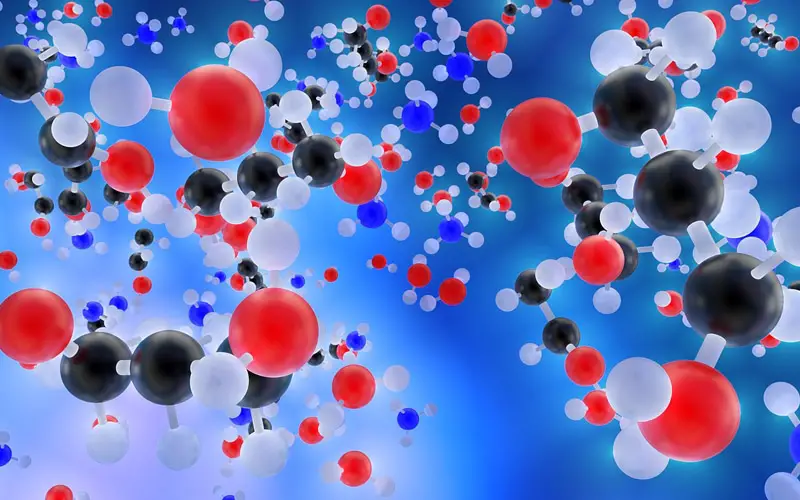
The molecular geometry chart still applies if you have a molecule with more than one atom. The structure will be more complex and will probably combine different geometric shapes.
If you have a complex molecule, break it down into smaller section and look at each atom individually. Determine how the electrons will connect to this atom in function of the type of bond they form and of the number of electron groups.
You can use molecular geometry rules to determine the shape and structure of each atom and its electrons. You can then apply the Valence-shell electron-pair repulsion theory to determine how these different small structures will connect to each other to form a more complex molecule.
Ions
An ion is defined as a molecule or atom which has acquired an electrical charge due to gaining or losing electrons. Polyatomic ion charges are ones which are composed of two or more atoms. When a polyatomic ion is involved in a chemical reaction, the oxidation number of it plays a significant role. This is a number which is either negative, positive, or zero. This oxidation number is an indication of the number of electrons in which an ion can share, lose, or gain when chemically reacting which an atom, compound, molecule, or with another ion. The oxidation number of a polyatomic ion is worked out at the sum of the oxidation numbers that belong to its constituent atoms. This is equal to the positive charge, negative charge or neutral charge that exists on the ion.
Diatomic Molecules
A diatomic molecule consists of two atoms. The majority of diatomic molecules are ones of the same element, however, a few combine different elements. Most diatomic molecules are gases at room temperature.
Octahedral Molecular Geometry
Octahedral molecular geometry refers to the shape of the compounds that have six atoms or ligands symmetrically arranged around a central atom. This defines the vertices of an octahedral shape. The octahedron is platonic solid, even though octahedral molecules tend to have a central atom and no bonds. The term “octahedral” is a loosely used term amongst scientists, as it focuses purely on the geometry of bonds to the central atom, rather than looking at the differences in the ligands.
Bond Angles And Three-Dimensional Geometry
Students often make the mistake of thinking in two dimensions when determining bond angles. Electrons will position themselves to be as far away from each other as possible, but keep in mind that they will do this on a three-dimensional plane. A molecular geometry chart with bond angles will help to clarify these structures.
Working with three-dimensional models is a great way to get used to thinking about geometry in a three-dimensional plane. There are also apps and software you can use to create virtual models and get used to these concepts.
What is the Difference Between Electron-Pair Geometry and Molecular Structure?
Electron Geometry
Electron geometry is the term used for the geometry of the electron pair located on the central atom. This applies whether they are bonding electrons or non-bonding electrons. The definitions of an electron pair is electrons that are in pairs or multiple bonds, lone pairs and sometimes even just one single electron that is unpaired. Electrons are always in constant motion and it can be difficult to determine the path that they are going to take. With this in mind, the arrangement of electrons within a molecule is defined by electron density distribution.
An Example of Electron Geometry
We will use CH4 as an example.
The central atom in this example is C, plus there are also four valence shell electrons. The hydrogen atoms give four electrons, so that means that there are a total of eight electrons around C. In this example, the single number of bonds are four, and the number of lone pairs here is zero. So with this in mind, we can determine here that the electron geometry of CH4 is tetrahedral.
Molecular Geometry
Molecular geometry is the term used when determining the shape of a molecule. This refers to the three-dimensional structure or arrangement of the atoms within a molecule. There is usually a central atom which is surrounded by electrons. When we understand the molecular geometry of a compound, this makes it much easier to determine the magnetism, phase of matter, polarity, color, and reactivity of that compound. The geometry of molecules is often described using bond lengths, bond angles, and torsional angles. With smaller molecules, simply the molecular formula, along with a table of angles and standard bond lengths may be all that is needed to determine the geometry of that particular molecule. It is predicted by looking at only the electron pairs, which is what makes molecular geometry different from electron geometry.
An Example of Molecular Geometry
We will use H2O as an example.
H2O is a common polar molecule. The central atom in this case is the oxygen atom which has six valence electrons. Hydrogen, in this case, gives a total of two electrons, which makes the total overall amount of electrons eight. In this example, there are two lone electron pairs, and four electron groups, as well as two single bond pairs. Therefore, the molecular geometry in this example is bent.
Why Do Most Atoms Form Chemical Bonds?
Most elements contain atoms that form chemical bonds. This is because those atoms become more stable when they are bonded together. Neighbouring atoms are attracted to each other by electrical forces which make them stick together. Atoms that are strongly attractive rarely spend much time on their own – other atoms will usually bond to them quite quickly. The arrangement of electrons around a central atom is what determines the strength in which it seeks out other atoms to bond with.
Chemical Bonds
A chemical bond is formed by the joining of two or more atoms. A stable compound occurs when the total energy of the combined atoms has lower energy than if the atoms were separate. The combined state of these atoms implies there is an attractive force between these atoms – a chemical bond. There are two extreme cases of chemical bonds. These are covalent formula bonds and ionic formula bonds.
Covalent Bonding
A covalent formula bond is one which involves sharing of valence electrons by two atoms. These types of covalent bonding can create stable molecules, as long as they share electrons in a way that creates noble gas electron configuration for each atom.
Ionic Bonds
During chemical bonds, atoms can either share or transfer their valence electrons. In some extreme cases, one or more atoms may lose electrons and then other atoms gain them which produces noble gas electron configuration. The bond in this case is called an ionic bond.
What Is The Difference Between Atomic Orbitals And Molecular Orbitals?
The orbital is a region in which the probability of finding an electron is relatively higher than usual. Atoms have a nucleus and within this nucleus they have their own electrons rotating around. When orbitals are overlapped to create molecules via bonding, these types of orbitals are named molecular orbitals. Molecular orbital theory and valence bond theory both explain the properties of molecular and atomic orbitals. Orbitals can hold two electrons within them maximum. The main difference between molecular orbital calculation and atomic orbital calculation is that electrons within a molecular orbital are influenced by two or more nuclei. This depends on the number of atoms in the molecule. Atomic orbitals are different as they are only influenced by one positive nucleus.
Organic Chemistry
Organic chemistry refers to the study of the composition, structure, properties, preparation, and reactions of compounds which contain carbon. This includes compounds that are not only hydrocarbons, but also compounds which contains a number of other elements such as hydrogen, oxygen, halogens, nitrogen, phosphorus, sulfur, and silicon. This type of chemistry used to only refer to compounds that were produced by living beings. However, it has now been broadened to focus on other substances such as plastics. There is a huge range of organic compounds and these include things such as food, explosives, paints, cosmetics, and pharmaceuticals. Organic chemistry is the best way of creating new compounds. Scientists will develop new and better ways of synthesizing existing compounds with organic chemistry.
Study Guides
There are several study guides on molecular geometry chart information which you can use to go further and practice molecular geometry. This subject gets easier once you start applying it and become familiar with all the different structures molecules can adopt.
You should start by modeling simple molecules or look at three-dimensional models of different molecules to identify their shape and ask yourself what kind of atom groups and bond types caused the molecule to adopt this structure.
Here are a few study guides to help you go further:
- This study guide from NYU covers the basics and includes some helpful diagrams of the most common shapes you encounter. We like that the angles are indicated for each diagram.
- This study guide from Angelo University goes over the Lewis structures, the types of bonds you will encounter, and talks about exceptions and resonance structures. There are plenty of examples, and this material will help you explore additional concepts.
- This molecular geometry guide from Oklahoma State University sums up all the different structures with a detailed table. This is a great resource if you need help with understanding how angles are determined.
- This comprehensive guide explores the Lewis dot structures and shows you how to place the dots around the atom symbols.
- You can test your molecular geometry knowledge with these flashcards and quiz questions.
Interactive 3D Tool
The University of Colorado has an online interactive tool that lets you create 3D models of different molecules. You can select different types of electron groups and see how they will connect to an atom.
This tool will show you the angle of the bonds and show models for different molecules if you don’t want to create one from scratch.
This visual tool would be very useful in a classroom when teaching molecular geometry chart information, but you can use it to try and recreate the thirteen different structures that exist in molecular geometry or to try recreating different specific molecules.
Molecular geometry is a fascinating subject. Studying molecular geometry can seem complex at first, but things become easier once you become familiar with the different structures that exist and understand which factors will influence how a molecule is shaped. Make good use of the study guides listed above, and take the time to play with the interactive 3D tool to try different things.

